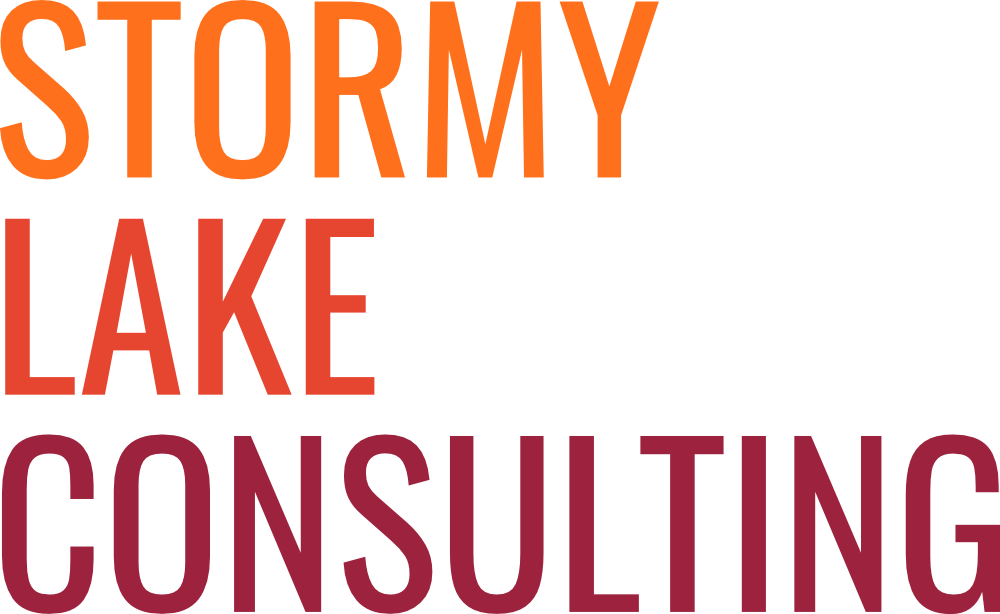What we
do isn’t
rocket science
And we believe anyone can learn to do it… with a little guidance.
Professional development for professionals
Here at Stormy Lake, our driving focus is to provide clear, compelling and useful solutions that make a measurable difference. It is also to work with our clients rather than for our clients.
As we began thinking of new ways that we could be useful, we realized that we have experience and expertise that we could share. Not in the form of projects, but in the form of training and professional development. So, we’re bringing what we do and what we’ve learned to small groups to share our knowledge and skills.
Who is teaching?
We are. Our experts in each area will take you through bespoke learning material and give real-life examples of making your work better. Click here for more information on who we are, what we’ve done and what we each specialize in.
Structure
Each course includes two half-days of instruction, separated over 1 to 2 weeks. The break allows time for your team to process the information. Most courses include a short (~1 hour) exercise, usually to be completed in pairs.
Total time commitment for each course is 7–8 hours and can be offered in person or virtually. It’s ideal for 4–8 participants, but each course can be tailored to the size and needs of your organization.
Cost
Starting from $4,500.
Questions?
Connect with us at training@stormylakeconsulting.com.










